Inside Egypt's 'Lost Golden City' that was just recently found
Incredible ruins of a world gone by
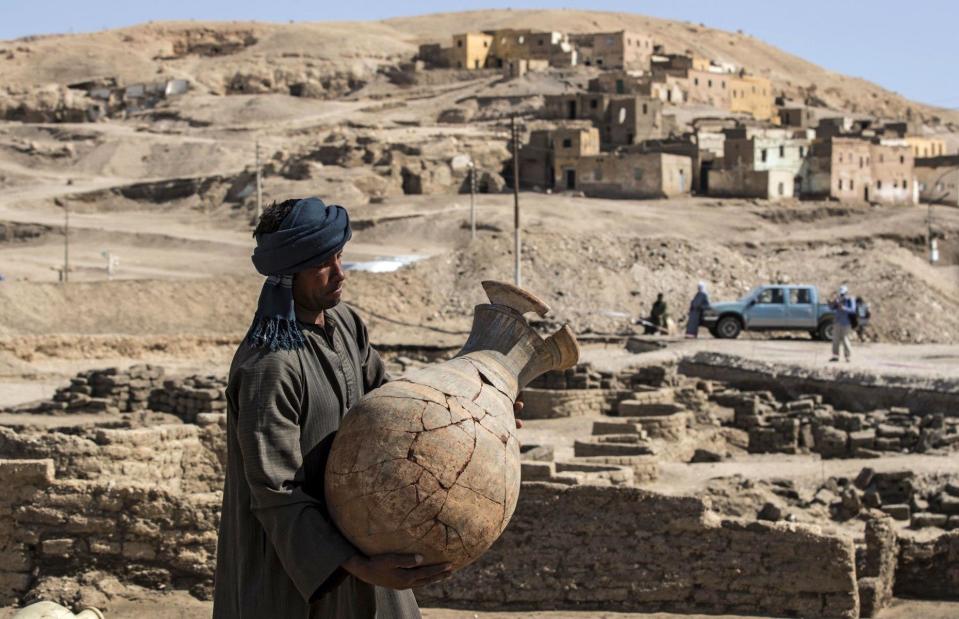
KHALED DESOUKI/AFP via Getty Images
In April 2021 an all-Egyptian archaeology team, led by Dr Zahi Hawass, announced they’d unearthed an entire 3,000-year old metropolis called Aten on the western bank of the Nile in Luxor. The find is so significant and well-preserved, it’s been likened to Pompeii. Although the even-more-recent discovery of a Roman city on Luxor's eastern bank threatens to overshadow Aten, the site continues to bring up fascinating new insights into ancient Egypt.
Keep reading to find out more about the fascinating discovery of this ancient metropolis...
Fascinating foundations
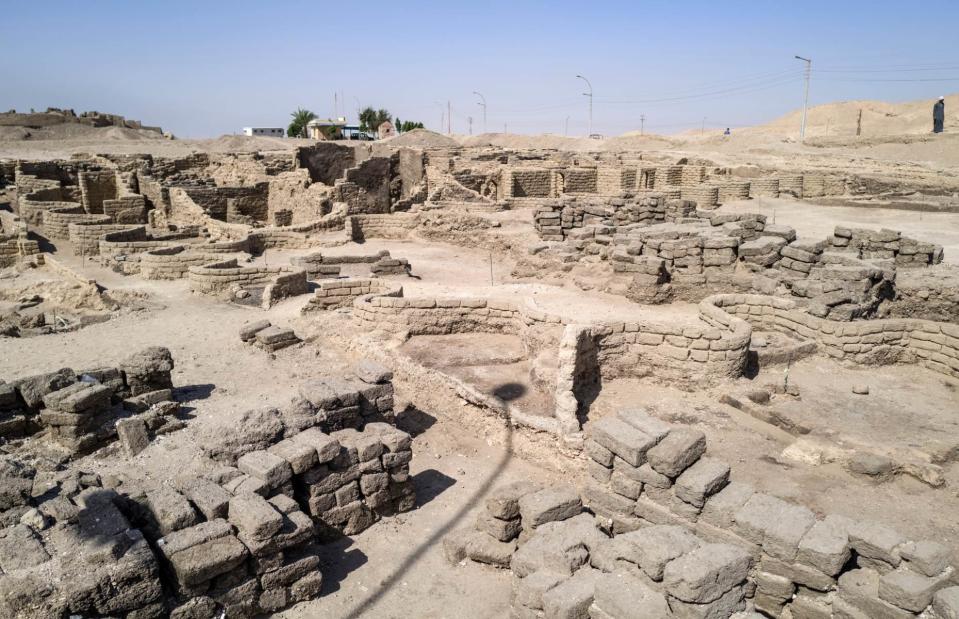
Mahmoud Khaled/Getty Images
Dating back to the reign of Amenhotep III, who ruled over Egypt between 1391 and 1353 BC, Aten is the largest ancient Egyptian city ever found. It was part of a grand palatial complex built for the Pharaoh.
Strikingly well-preserved
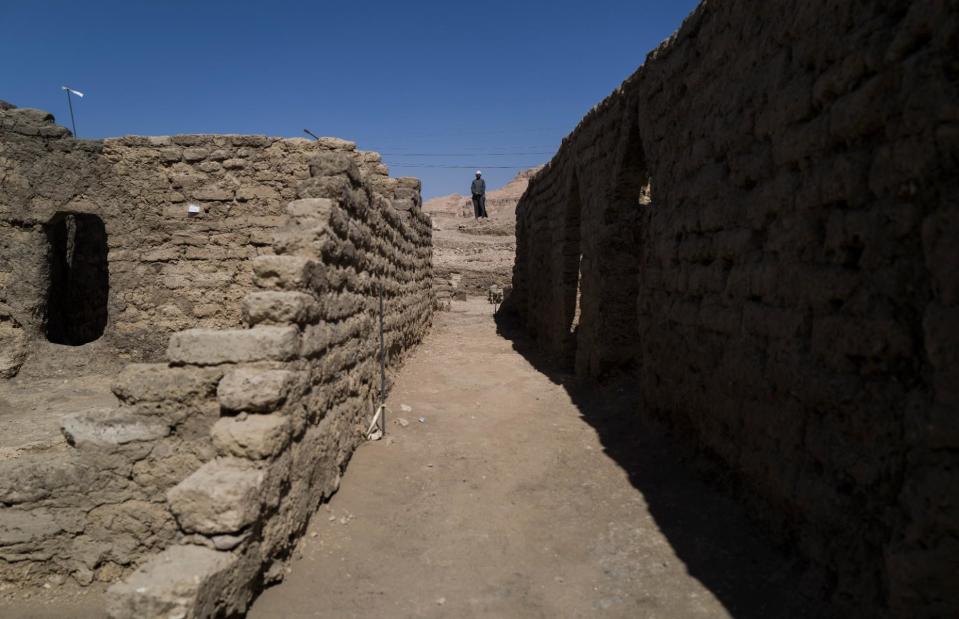
Mahmoud Khaled/Getty Images
The most impressive part of the find is how well it’s been kept. In the residential area of the city, it’s possible to see houses that have kept their 10-foot (3m) high walls. These are made from mud bricks bearing Amenhotep’s seal, which is how the town was dated to this period. The rooms were also filled with tools of everyday life, from coloured pottery vessels to pots of meat.
A prosperous period
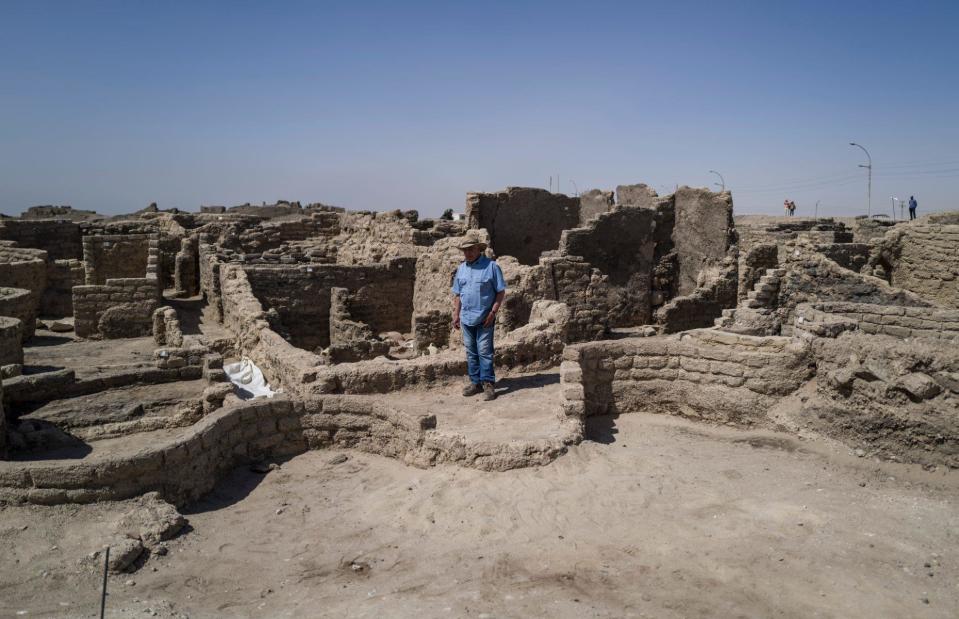
Mahmoud Khaled/Getty Images News
Amenhotep’s reign is considered the pinnacle of the Egyptian empire and was a prosperous time when a great number of temples and lavish public buildings were constructed. The discovery of Aten could give an insight into what life was like during this wealthy period. Pictured here is lead archaeologist Dr Zahi Hawass among the ruins.
Highly important city
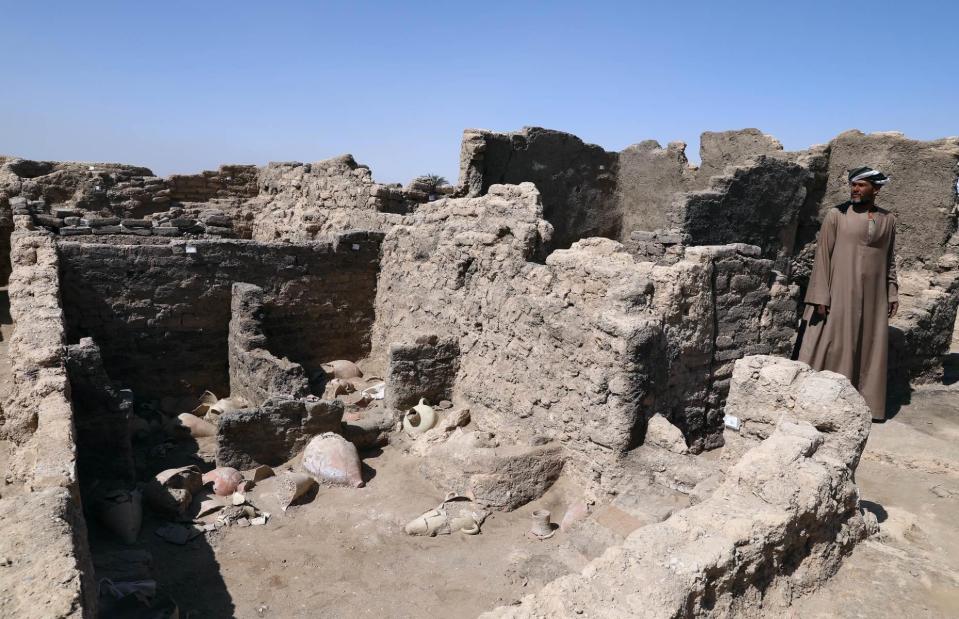
unreguser/Xinhua News Agency/PA Images
Aten wasn’t just any ordinary city. According to the archaeologists, it was a huge industrial and administrative centre – essentially the capital of Egypt at the time. No wonder its name in hieroglyphics means 'The Dazzling Aten'.
A fascinating inscription
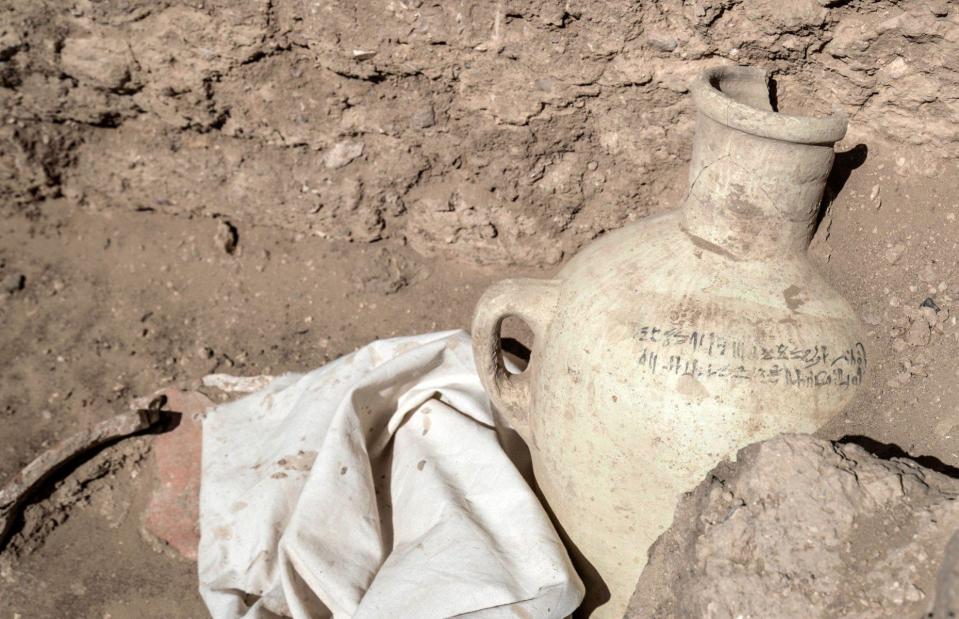
KHALED DESOUKI/AFP/Getty Images
Archaeologists discovered a pot bearing an inscription which they dated to 1337 BC. It’s thought that one year after the pot was made, the city was hastily abandoned, because a new capital (Akhetaten) was established at Amarna in the north of the country; Aten rapidly fell into obscurity.
Intriguing artifacts
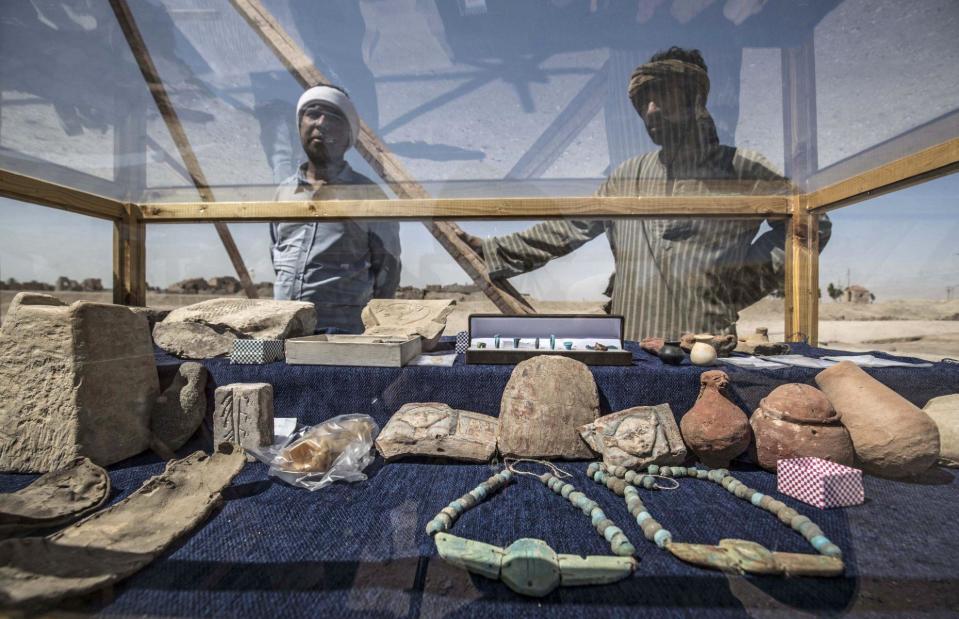
KHALED DESOUKI/AFP/Getty Images
The site was littered with objects and artefacts which made it look almost as if it had been abandoned yesterday. These include jewellery, pottery, statuettes, and clay caps from wine vessels as well as an array of tools for weaving, spinning and glass-making.
Different neighborhoods
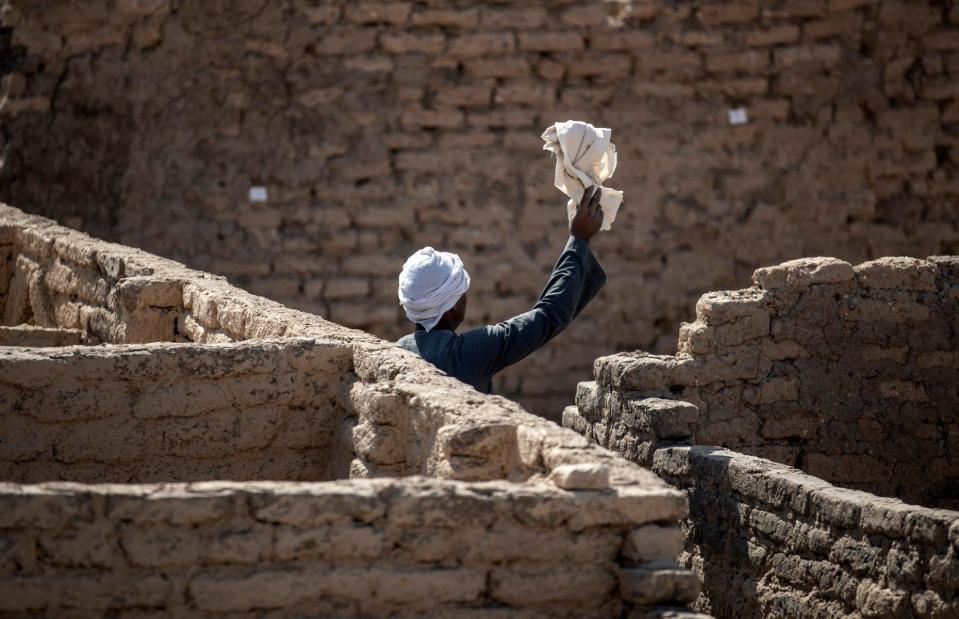
Mahmoud Khaled/Getty Images
Several different neighbourhoods have been identified, including a bakery, an administrative quarter and housing areas. On top of this, archaeologists have found three palaces.
Signs of industry
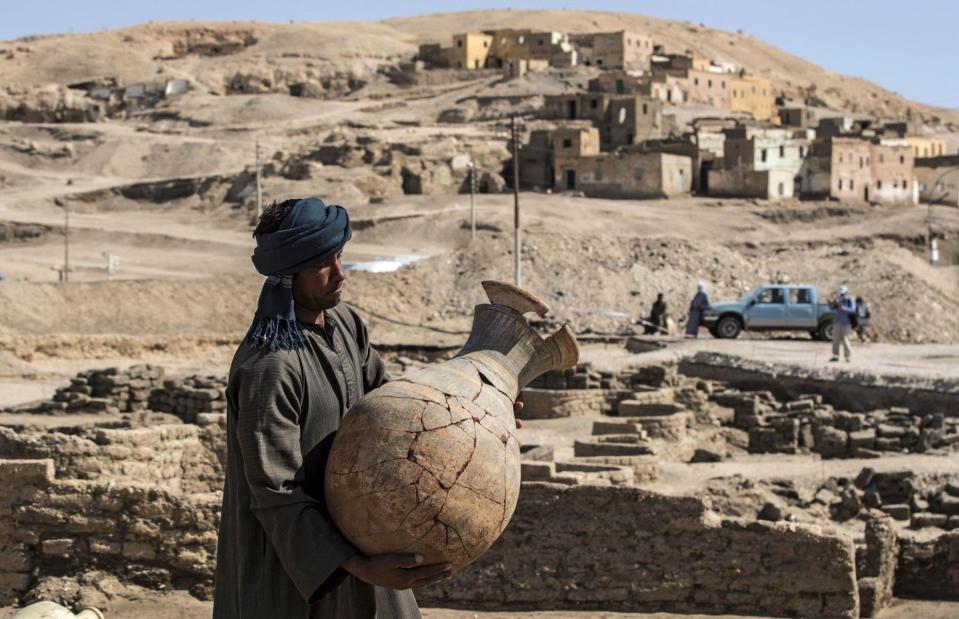
KHALED DESOUKI/AFP via Getty Images
In the bakery, workers at the site found well-preserved areas for cooking and food preparation – complete with ovens, tools and pots like this one. Loaves of bread were even found inside the ovens. The size of the area and artefacts suggests the bakery was used to cater for a large number of people.
Unsavory discoveries
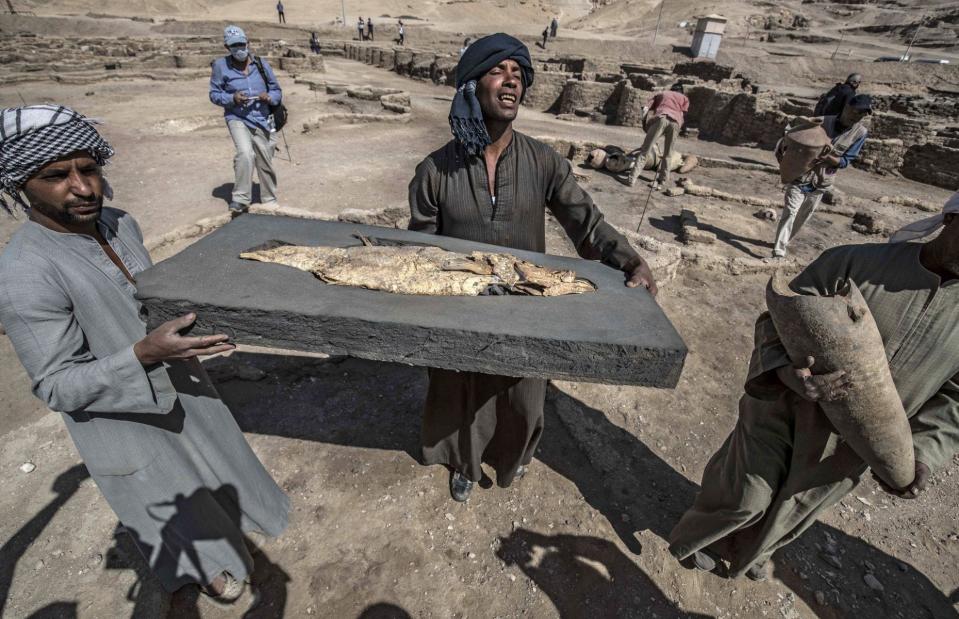
KHALED DESOUKI/AFP/Getty Images
Being an archaeologist is far from glamorous. Among the more off-putting foodie finds? A 3,400-year old container full of what is believed to be dried or boiled meat. There was also a fish covered in gold (pictured) at the site, which may have been an object of veneration.
Scary skeletons
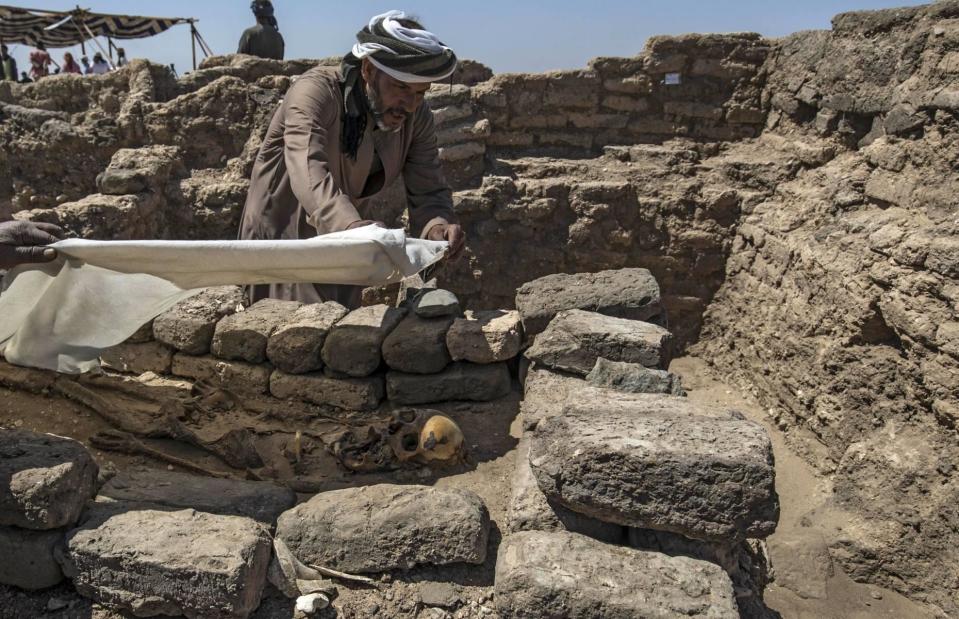
KHALED DESOUKI/AFP via Getty Images
It’s not uncommon to find human remains at sites like these, but one in particular has puzzled archaeologists. Discovered with its arms outstretched and a rope tied around its knees, the team described the location and position of one skeleton as “rather odd” in a statement, adding that further investigations are needed. At the time of writing, these investigations are still pending.
Mass cemetery
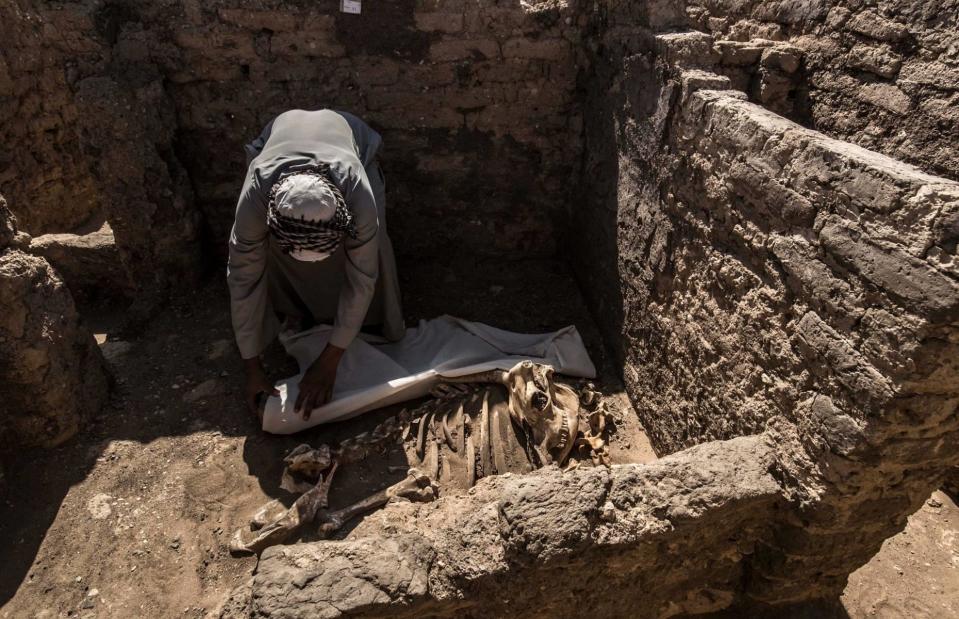
KHALED DESOUKI/Getty Images
As well as this particular skeleton, workers have dug up a large cemetery and tombs, which are similar to those found in the Valley of the Kings. These are yet to be fully explored, with further excavations needed to understand their significance. However, it's rumoured that one of the tombs will open to the public soon, so watch this space.
Later uses
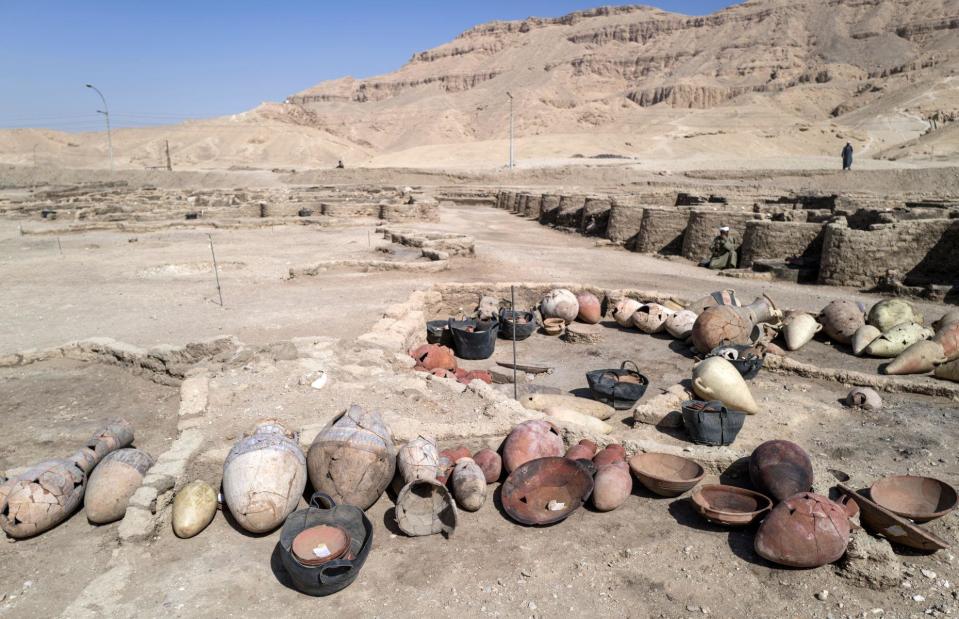
Mahmoud Khaled/Getty Images
After its initial abandonment, the city is thought to have been used later by Tutankhamun. It was also inhabited by Ay, who took the throne after marrying Tut’s widow. It’s believed the city was used right up until the 7th century AD when it was abandoned for good.
More treasures to be found yet
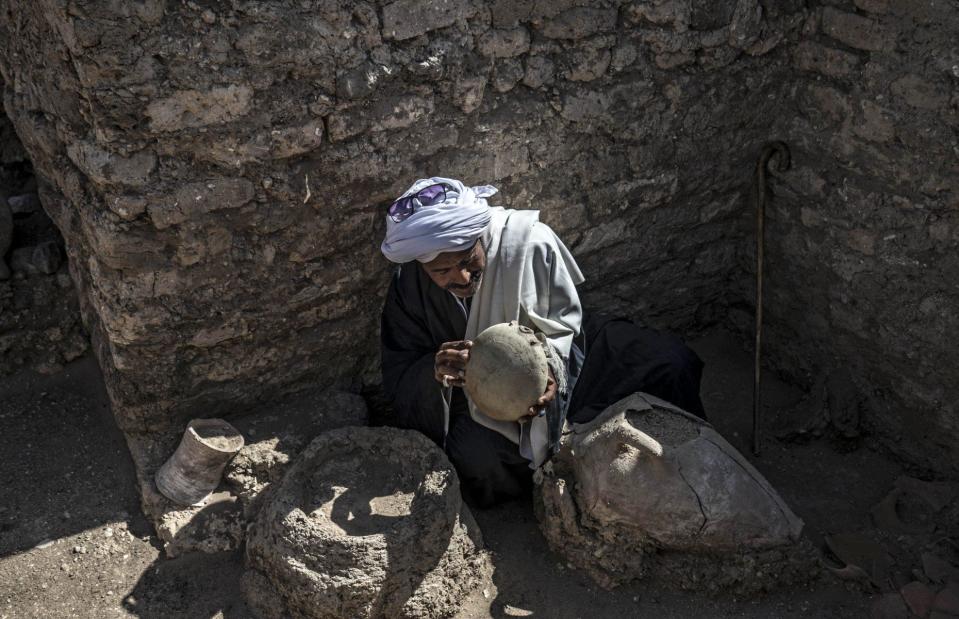
KHALED DESOUKI/AFP/Getty Images
Yet the team have only scratched the surface of all that’s to be discovered. Further excavations are underway in the northern part of the city, with Hawass stating that the team “expects to uncover untouched tombs filled with treasures”. However, we'd argue it’s hard not to be impressed by all that’s been found in this incredible lost city already.
Now explore the world's ancient places you'll never get to see


